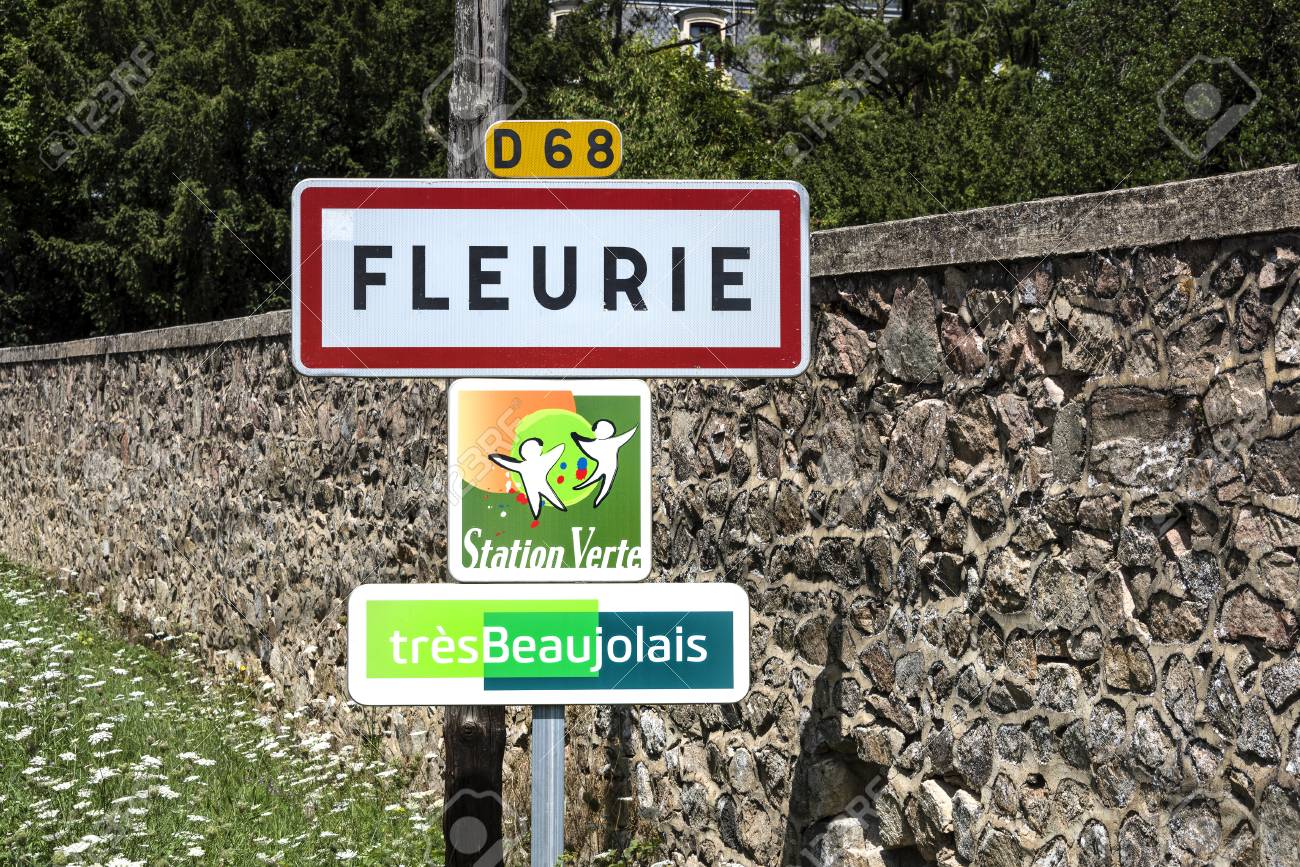Getting Old

When I started in the wine trade many decades ago there was fashion called as Beaujolais Nouveau. Never one to be swayed by fashion, it was always something I was a bit cynical about. It was an innovative marketing ploy to get consumer’s to drink the newly harvested wines from Beaujolais, in the Southern area of Burgundy. The Beaujolais producers had been making a fruity, light style of wine for many years and it was deemed that these red wines were suited to early drinking and required no cellaring. A great idea for producers cash flow (think Gin and whisky producers).
Beaujolais Nouveau is made by a winemaking method called “Carbonic Maceration”. This is a rapid way of fermenting red grapes without initially crushing them under a blanket of Carbon Monoxide. It is so rapid that when the wine finishes fermenting it has very little tannin and much less colour soaks out of the skins. It results in very pale red wines with lots of fresh, consumer-friendly, fruit flavour.
Back in the day (1960s) when Britain was a fledgling wine drinking country merchants cast their eyes over the channel and saw that whoever got their brand new Beaujolais wines to the Paris quickest, profitted on being first to market. This infectious enthusiasm for brand new wine (and profit) was taken up by the London wine merchants too. Hence Beaujolais Nouveau was born in the UK. The regulating body of Beaujolais set a date of 15th November each year for release, no sales were allowed before this date. This resulted in a break-neck race to get the wine to the now eager market as fast as possible after the 15th.
The only problem with this marketing wheeze was that the wines weren’t really very good. It wasn’t really a problem of quality, it was one of age. Even though these red wines were low in tannins, they still had a fair amount and that made them bitter. Even though the wines were fruity, they were basically pretty rough, and eventually the emperor’s new clothes were deemed to be invisible. It didn’t matter how much you dressed up this brand new wine, it was still brand new.
When I was working for Oddbins in Edinburgh a number of years ago I discovered a bottle of very old Beaujolais Nouveau at the back of the cellar which had been long forgotten (Beaujolais Vieux?). The label was tatty; there was dust and other suspect detritus covering it. We couldn’t decipher the date but we reckoned on it being about 10 years old. It was with trepidation that we pulled out the crumbly cork. What a revelation, it was great. It made me wonder why on earth people had drunk all that young wine when it turned into something beautiful in old age. But hey, don’t we all improve and mellow a little with a bit of age. Humans and Beaujolais have much in common after all.
